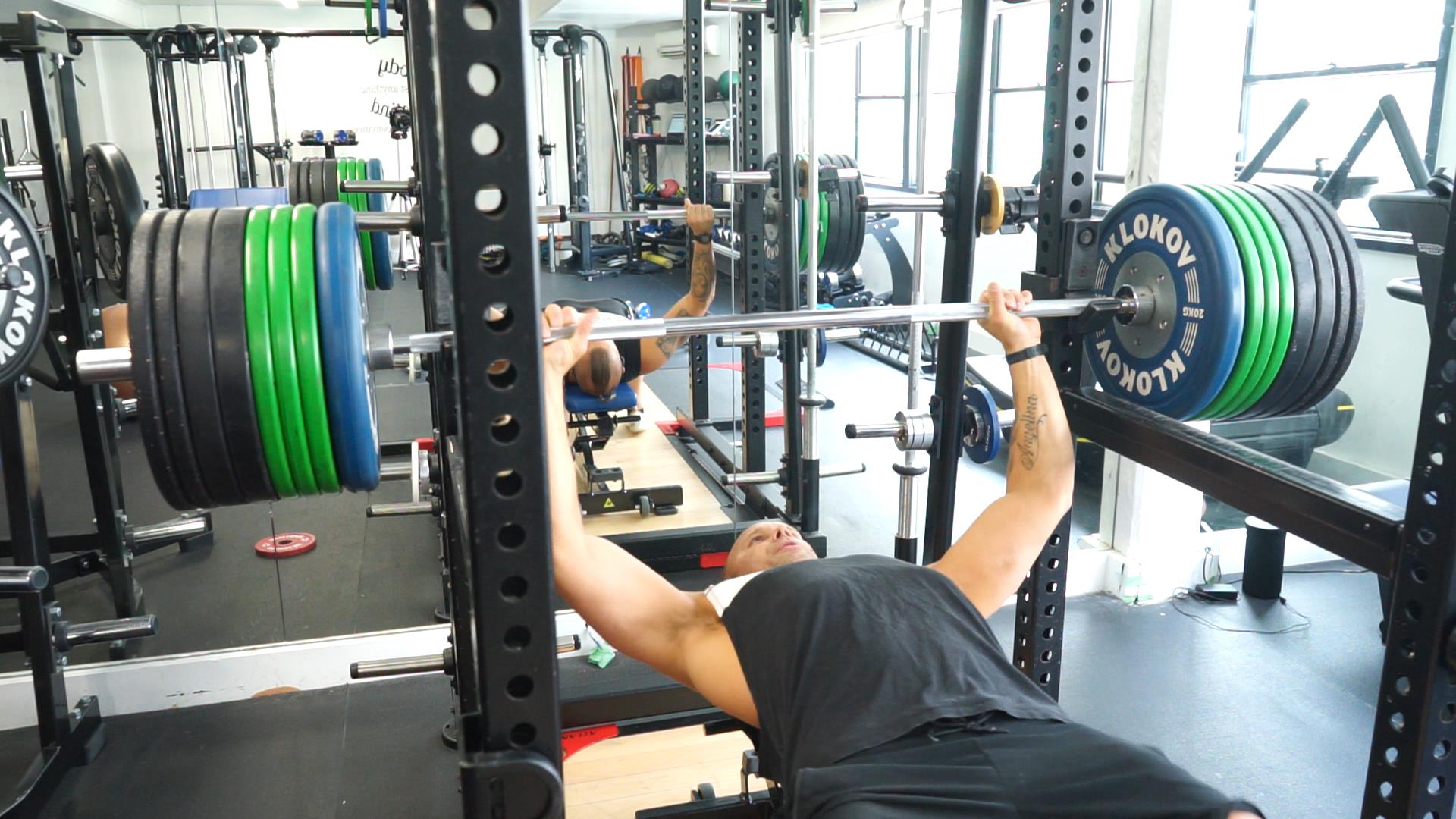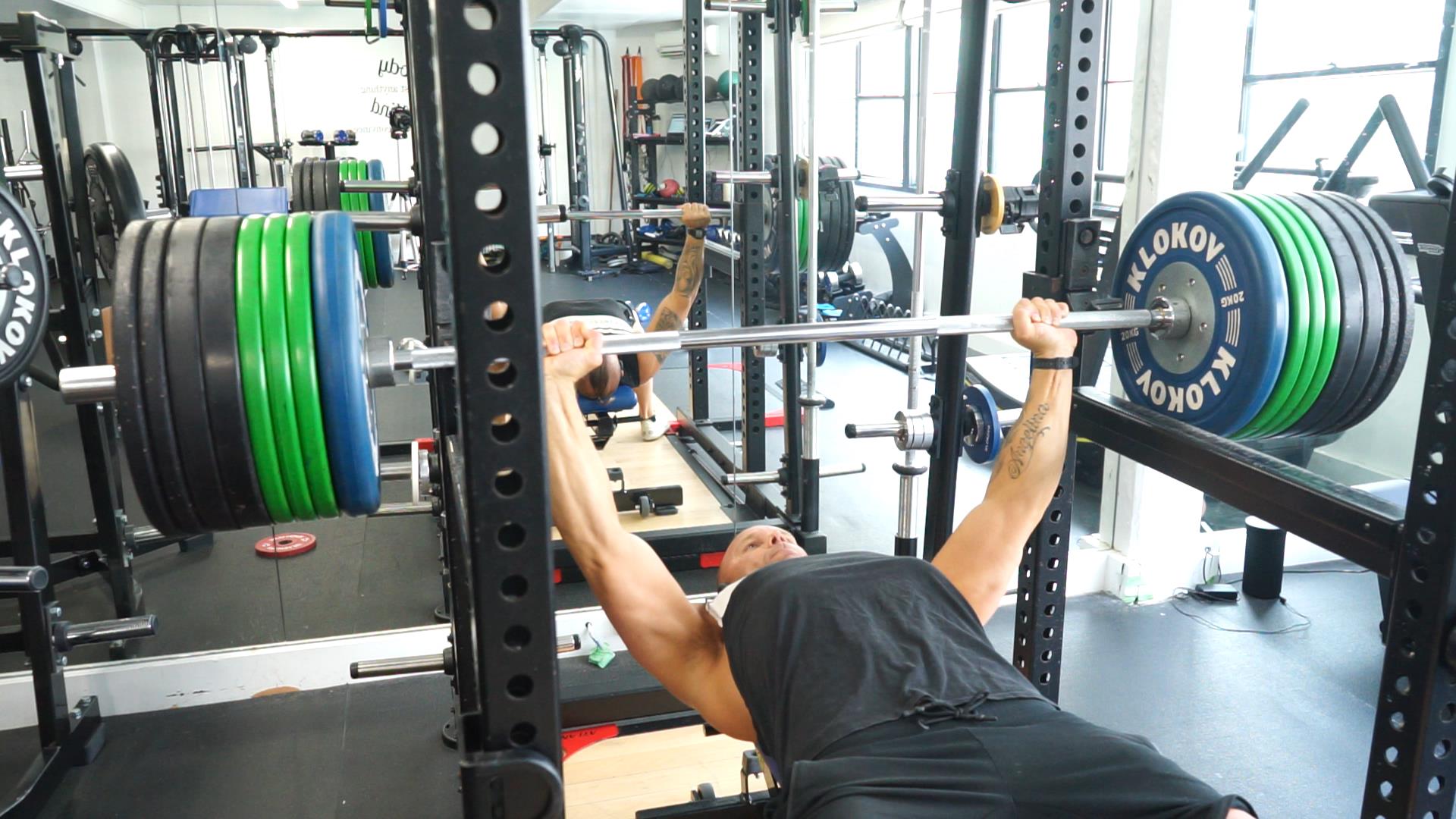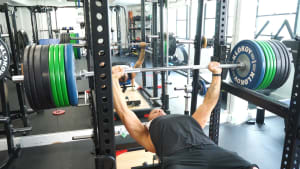
Most Personal Trainers, like me, set their goals of pumping iron to their improvement of at bench press. With this goal in mind, I took to the study of how the people who had Herculean strength, train. My Mentor Charles Poliquin told me to research Chuck Sipes. Chuck was as strong as he appeared to be, or even stronger. They called him the "Iron Knight" and he was the winner of the 1960 IFBB Mr. America, IFBB Mr.Universe, 1960, and was placed second behind the winner of the title of the IFBB Mr. Olympia, 1967. He stands at 5' 9.5", weighs 105kgs, and has measurements of arms of 19.5 inches, forearms of an unbelievable 18 inches, and a chest of 50 inches that tapered to a waist of just 32 inches.
Sipes, like most bodybuilders of that era believed in really heavy training. So he did a bench press of 260kgs, a squat of 300kgs, and cheat curl of 120kgs. In exhibitions, Sipes would use his hands to bend 60 penny steel spikes, and anchor steel bars in his teeth while bending steel bars. $10,000 was offered by Joe Weider to anyone who could duplicate the Feats performed by Sipes. His remarkable strength and winning physique led to him being on the cover of many magazines that were into physical culture. In terms of size and strength, a personal trainer who has clients that have such goals is worth researching.
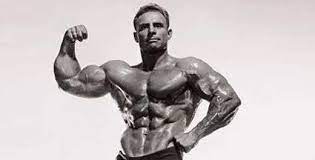
A favourite method for training, used by Sipes, which he called Heavy Supports, was the use of heavy partials for improving bench press. For instance, once he was done with a bench workout, he finished it by supporting heavy loads for 5 seconds, which were held at arm's length. Once he was able to do this for 10 seconds and for 4 sets, he would look to increase the weight. You can watch a video of the heavy support sets here According to Sipes, this method helped to build tendon strength. What this method, Heavy Supports, did, if looked at from the strength angle was to cause an increase in the shutdown threshold of the GTO or Golgi tendon organ. This tendon is a tension/stretch receptor in a muscle's tendon. A GTO would be in action during arm wrestling when a weaker opponent struggles, and suddenly has his wrist slammed against the table. What has actually happened is that the GTO has shut down the muscle to prevent it from being torn.
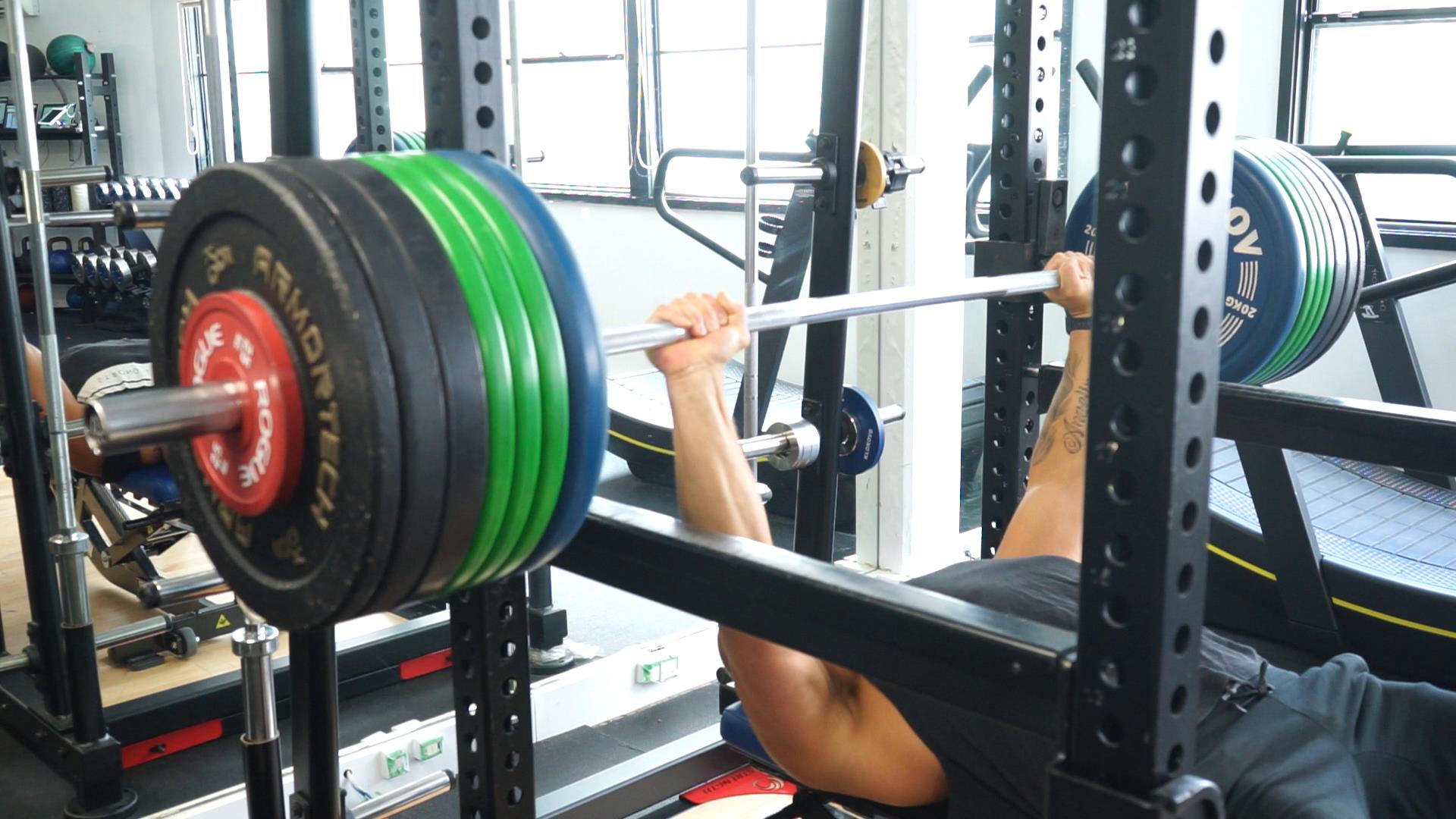
Heavy to very heavy partials at an exercise's top range, like lockouts, also aid in overcoming the inhibition for the feeling of having a great load, when the bar is held at arm's length. You may also get this feeling in the spine when you squat or deadlift. Performing the partial, helps many powerlifters wanting to peak for a competition, as the weights feel lighter when the barbell is removed from the supports, just before it is being lifted. For the bench press, my preference is to to raise the threshold of the GTO by heavy supports for 8 seconds, alternating with conventional sets. In this system, before performing the workout, I perform 6-8 sets of where the weights progressively get heavier. I have demonstrated in the video of what a support set looks like. I use the guideline of a maximum of 1 repetition percentages, to vary the Heavy Support method of Sipes. This method would progress as given below. You may need your personal trainer to help you find these percentages for you.
Set 1: Bench Press - 3RM at 90% of 1RM.
Set 2: Heavy Supports, each 8 seconds at 120 % of 1RM. This gives you 1/16th motion range. Unrack the weight and hold it while your elbows are just short of being locked out. The weight must be heavy enough to have your upper extremities shaking slightly.
Set 3: Bench Press of 3 RM at 90% 0f 1RM
Set 4: Heavy supports at 8 seconds at 125% of 1RM
Set 5: Bench Press of 5RM at 90% of 1RM
Set 6: Heavy Supports for 8 seconds at 130% of 1RM
Set 7: Bench Press of 7 RM at 80% of 1RM
Prevent injury by performing your heavy partials within a power rack and with safety supports 2 to 3 inches below the lockout. It may not be a surprise if the results of this program give you dramatic results. Athletes have increased their bench press by 10 to 15kgs after just 4 workouts.
You can not only learn from your mistakes, but also from the success that others have had. Personal trainers should be constantly learning from the greats. If you want to get big and strong, learn from and listen to Chuck Sipes.
